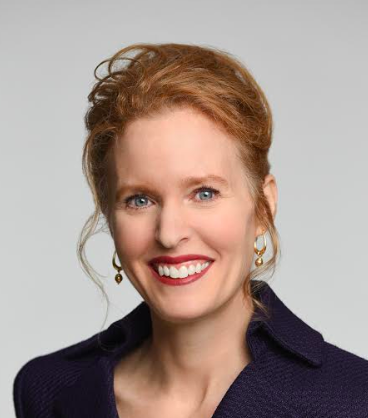
Extreme weather events and long-term climatic changes are having an impact on economies everywhere, and leaders are grappling with action to adapt and build the resilience of communities, ecosystems, and economies alongside action to reduce greenhouse gas emissions and limit global warming.
Hence the rise of adaptation finance, which World Resources Institute has said is necessary as “poor rural areas are frequently the most in need of financial support to strengthen their resilience to climate change, yet they often have the fewest financial resources available.”
To that end, a key question was asked at “Resilience Day” during this week’s Global Climate Action Summit: how do we scale finance for adaptation?”
The question and responses are critically important because, as noted by Barbara Buchner, executive director of the Climate Policy Initiative, finance for climate adaptation in 2017 amounted to just $22 billion vs. $382 billion for climate mitigation.
Here are five answers based on input from several players in the adaptation investment field. These leaders include Sanjay Wagle, managing director of the private socially driven equity investment firm The Lightsmith Group; Dr. Buchner and Kirsten Dunlop, CEO of the European Union’s Climate-KIC; Kathy Baughman-McLeod, senior vice president of Global Environmental & Social Risk, Bank of America; and Mari Yoshitaka, chief consultant for the Clean Energy Finance Division of Mitsubishi UFJ Morgan Stanley Securities. For adaptation finance to work and ensure resilience, the following must occur:
- Get the adaptation-related policies right. Regulatory uncertainties hinder investors. Especially since finance flow is mostly domestic, investors care about predictability. Nonprofits, bilateral agencies and academic institutions can assist sovereigns with regulatory improvements.
- Borrow innovative finance solutions from other sectors, including the vanilla approach of ensuring all government investments are adaptive to climate risk, as well as insurance-linked securities, green bonds and other scalable and replicable means.The International Finance Corporation and other multilateral investment banks can further this work, increasing their emphasis on adaptation from a historic emphasis on mitigation.
- Move toward a globally accepted standard for resilience finance including language on the use of proceeds so the market grows with each investment. Commercial and investment banks should be part of this standard-setting, with engagement from the Financial Stability Board and others.
- Create facilities, starting in markets easy for investors’ participation, where a blend of philanthropy, impact capital, development finance and regular market capital invests in products and where projects can be wrapped and warehoused for their marketability. Focus especially on multiplying the scant grant resources in ways that inspire more adaptation finance, not just one improved project. Philanthropies, development banks and green investment banks are part of this solution.
- Make the existing knowledge about profitable adaptation solutions much more widely known, since investors remain unaware of opportunities in this space. All adaptation thought leaders need to make this a priority, turning risks into investment opportunities.
Image credit: United Nations/Flickr

Joyce Coffee, LEED AP, is founder and President of Climate Resilience Consulting. She is an accomplished organizational strategist and visionary leader with over 25 years of domestic and international experience in the corporate, government and non-profit sectors implementing resilience and sustainability strategies, management systems, performance measurement, partnerships, benchmarking and reporting.














